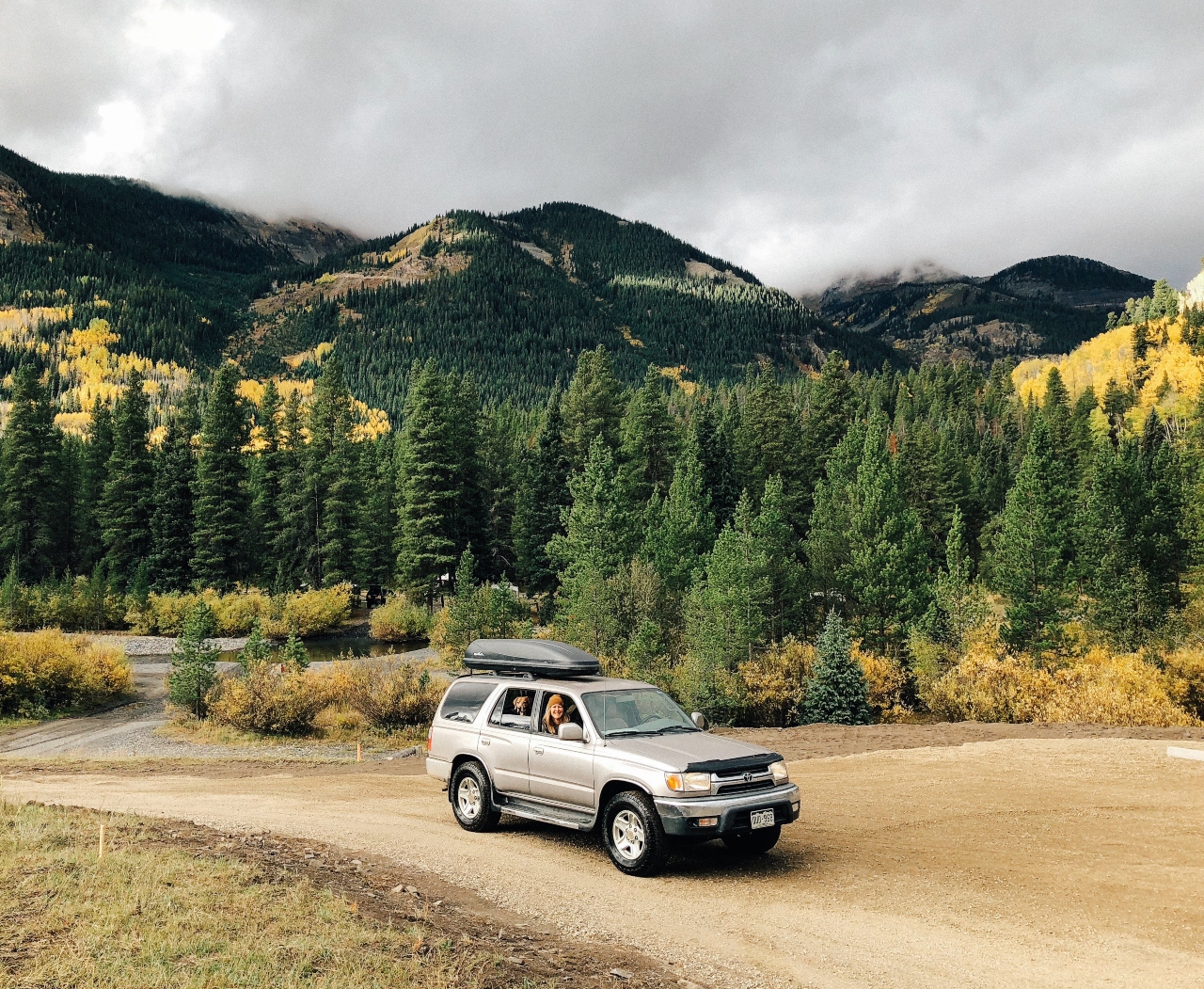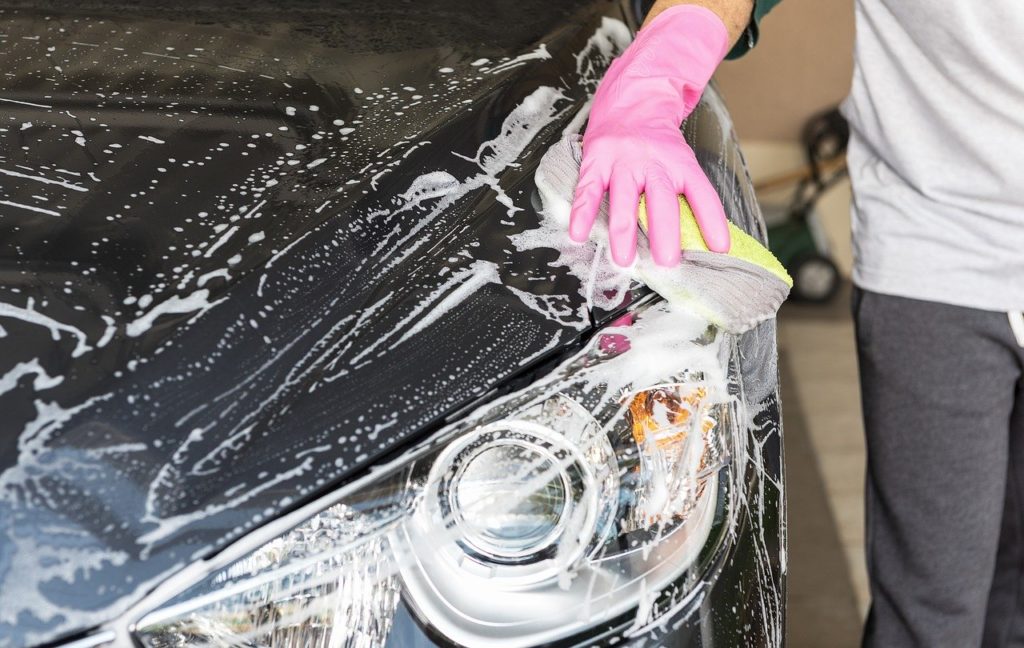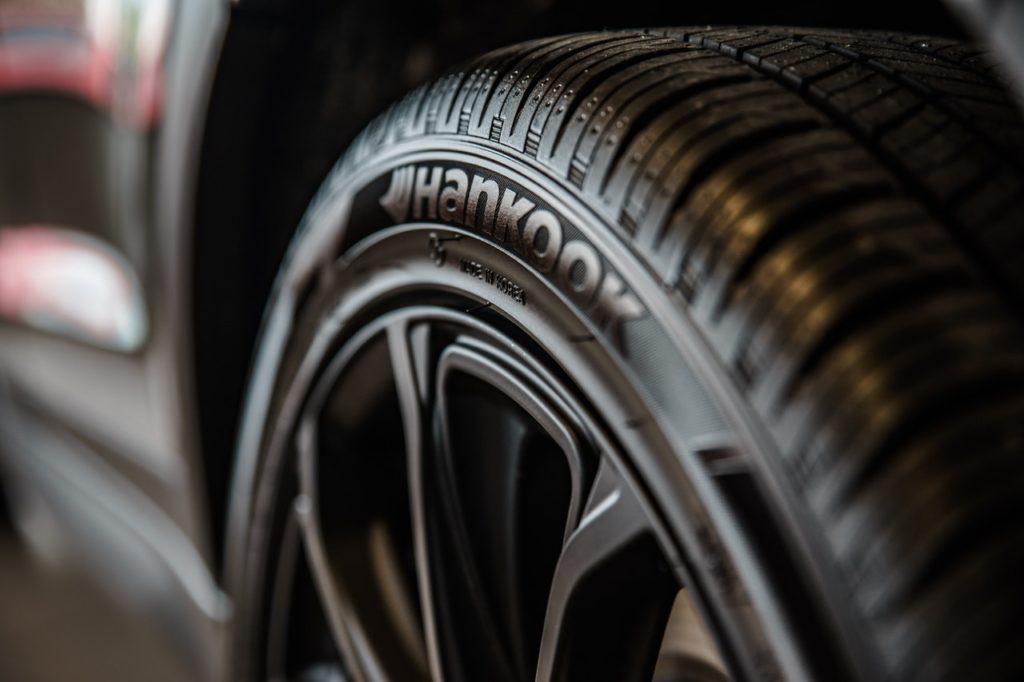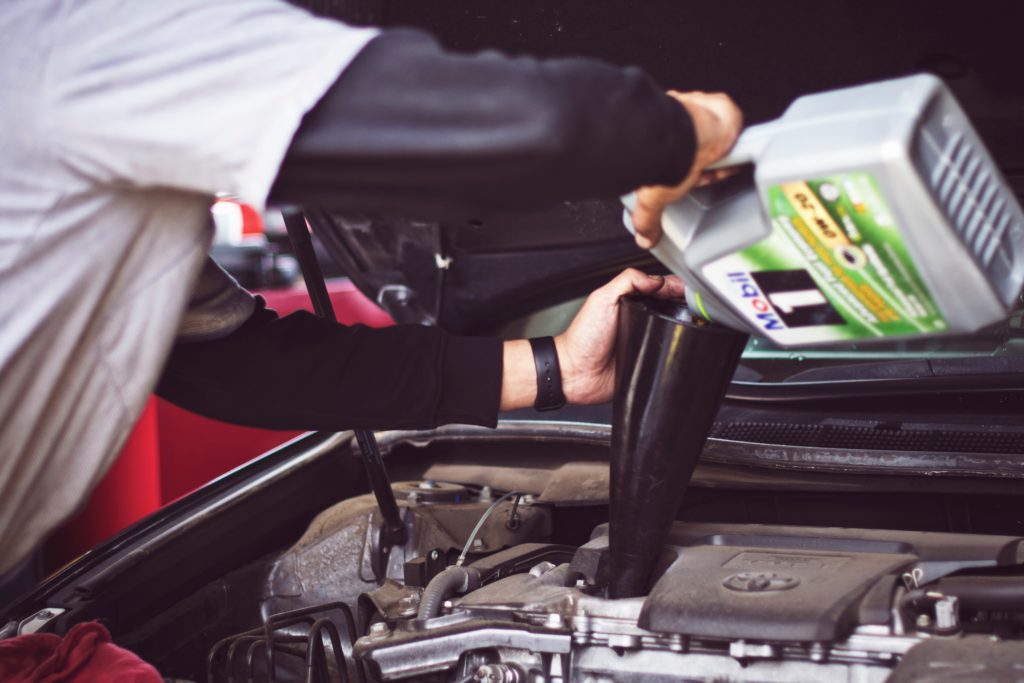Going Off-road? 6 Super-Useful Maintenance Tips to Keep Your Ride in Top Shape

Although the car market is saturated with SUVs, not all of these jumped-up crossovers are suitable for off-roading. We’re talking about thoroughbred 4×4 rigs that throw mud, climb rocks, ford streams and crawl through the undergrowth. For many off-road enthusiasts, driving off the grid is a way of life. The test both their skills and the capabilities and limitation of their rides to the limit. In those strenuous conditions, regular vehicle maintenance can help you avoid breakdowns during your off-road weekend trip. Here are the top six maintenance tips to keep your 4×4 in a top condition.
Keep it clean

While a rugged 4×4 covered in trail dust commands respect wherever it shows, if you aren’t careful, all that dried mud, sand, and debris are going to take their toll. Mud and sand are particularly harsh, as they contain gritty particles that can wear down not only the paint but also the suspension parts, brake pads, bust boots, bearings, etc. If left on your car, these particles can have the effect of sandpaper, so make sure to give your ride a good washing after every off-road trip, including the underneath and the engine compartment.
Know when to go back
One of the safest ways to destroy your off-road vehicle is to give it a task it can’t accomplish. A small engine and a 4-speed automatic transmission will have a hard time tackling any serious terrain, and you also have to consider the ground clearance. Trying to climb tall terrain features with a low-riding base that many modern SUVs have you risk damaging the oil pan, differentials, and the gearbox. If you live and ride in a region with tough terrain, consider swapping your city 4WD for a dedicated off-road truck Toyota Hilux, Nissan Navara, or Ford Ranger, as these offer plenty of ground clearance, powerful engines, and tough powertrains.
In case you run into trouble with your vehicle when you’re out in the middle of nowhere with no network, make sure you have the means to call for help. Many professional drivers and off-roading enthusiasts carry two-way radios such as citizens band radios (CB radios) when they’re on the road. These devices allow them to communicate with other users within the transmission range, without relying on mobile phone reception. Aside from a two-way radio, a satellite navigation device will also come in handy during emergencies.
Keep an eye on tires

Look for obvious cracks our gouges, as well as any foreign objects stuck between the treads. Chances are that you won’t notice a rupture immediately if the tire is sealed around a nail, but under stress of off-roading, it can go flat any time. Apart from rotating your tires once a year, you also want to have your rims balanced. With every bump, pothole or rough off-road expedition, your rims get more and more out of balance – when the weight isn’t distributed equally around the axle. Running on unbalanced tires, your vehicle creates more vibrations that increase wear on your suspension.
Check the brakes

The care for your brakes starts with washing the car after every off-road excursion. Hose the muck and grime out of your brakes, so they can function properly. Inspect the calipers for cracks or other signs of damage, which is easily done when replacing the brake pads. Whoever has owned a 4×4 knows that the parts are a tad more expensive for these land cruisers than for your average town commuter. Luckily, there’s never a shortage of used parts at local 4×4 wreckers, especially for more popular off-road makes like Land Rover, Toyota, Nissan, and Jeep.
Don’t skip an oil change

While this is an easy maintenance task, it’s also the most important one. Manufacturers recommend changing the oil every 7,500 miles or six months, whichever comes first, especially for trucks built from 2008 onwards. For older trucks, you should replace the oil filter as well, anytime you change the oil. Nowadays, there’s a range of oil options tailored to increase the life of the older engine, so make sure you consult your owner’s manual so you know you’ve chosen the right viscosity index for your truck.
Maintain your recovery gear
Whether you use it or not, your recovery gear is exposed to heat, sand, and salt which can lead to unseen damage and failure next time you need to use it. Rinse the snatch strap and shackles with a hose after every off-roading day. The winch is the detail that often gets overlooked, although it’s the part of your hard that takes the most of heads-up abuse, whether it’s a sandbank or a water crossing. If you 4×4 comes with a winch, take some time to wash it and oil it to make sure it works when you need it.
The most thorough guide to keeping your 4×4 running great is in the owner’s manual. From cleaning the interior and recommended fluids to maintenance checklists and troubleshooting, it’s all between those two covers. Unfortunately, many owners consult the manual only when they need to find out how to activate a feature.
By Mike Johnston